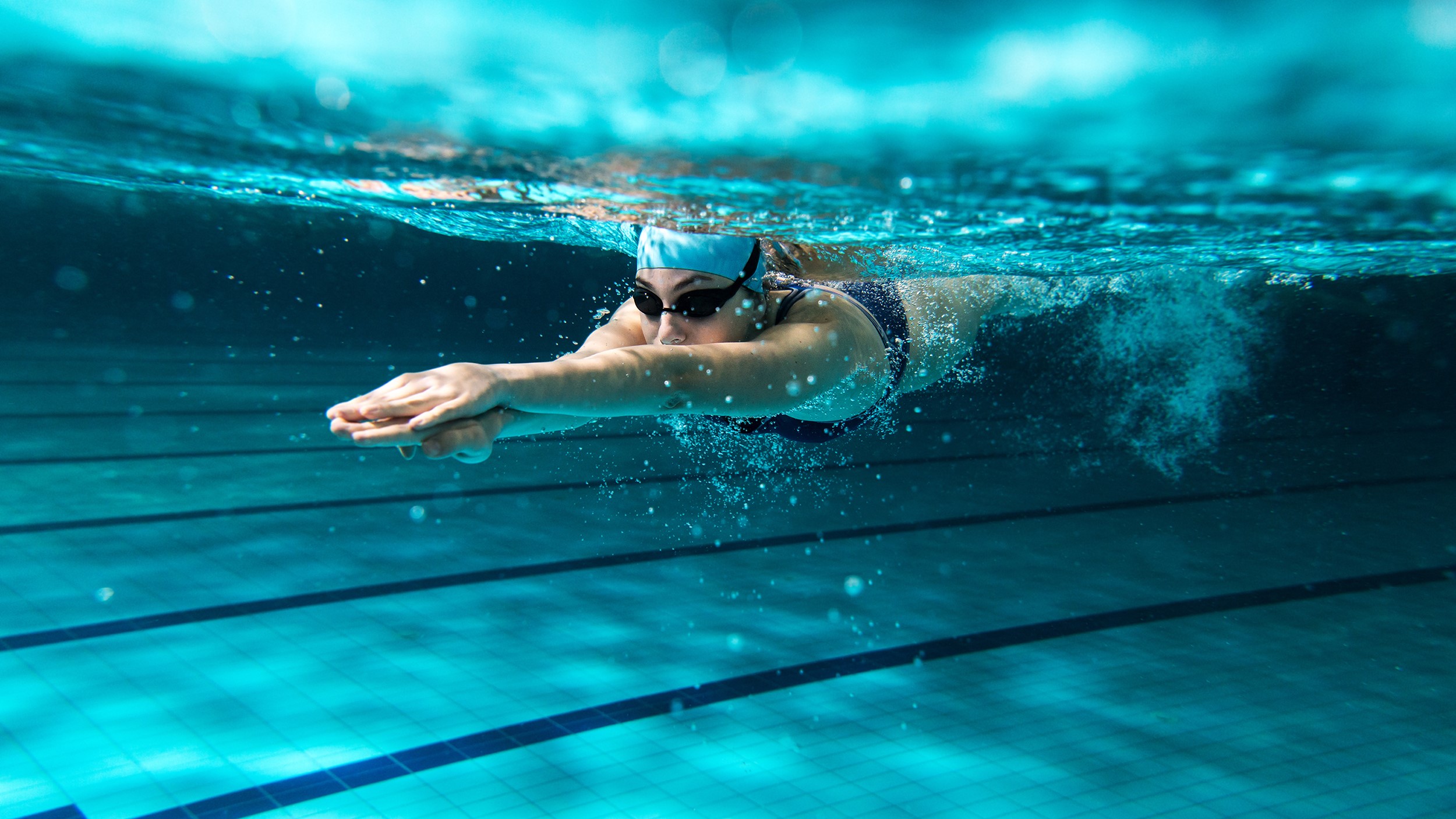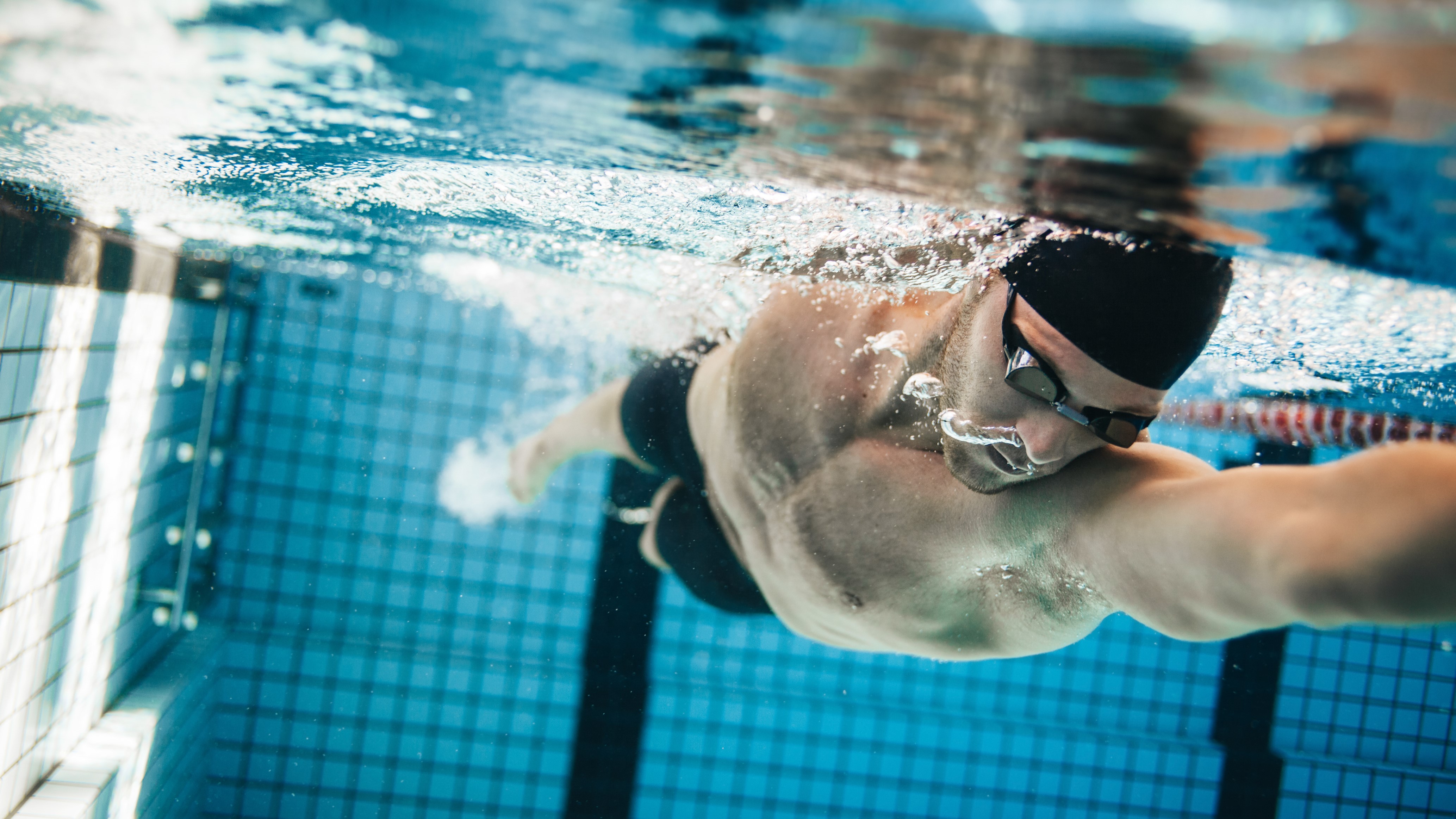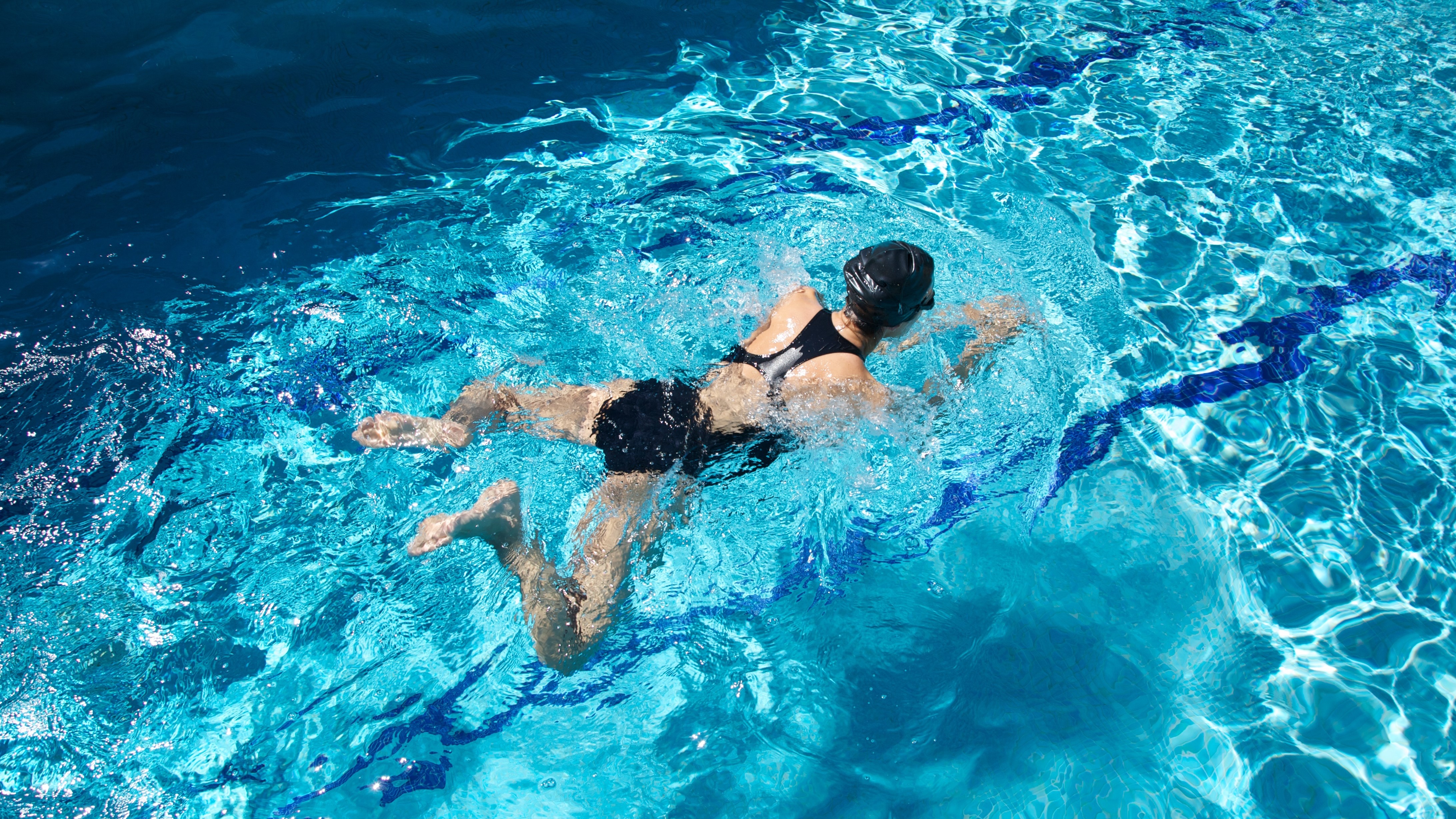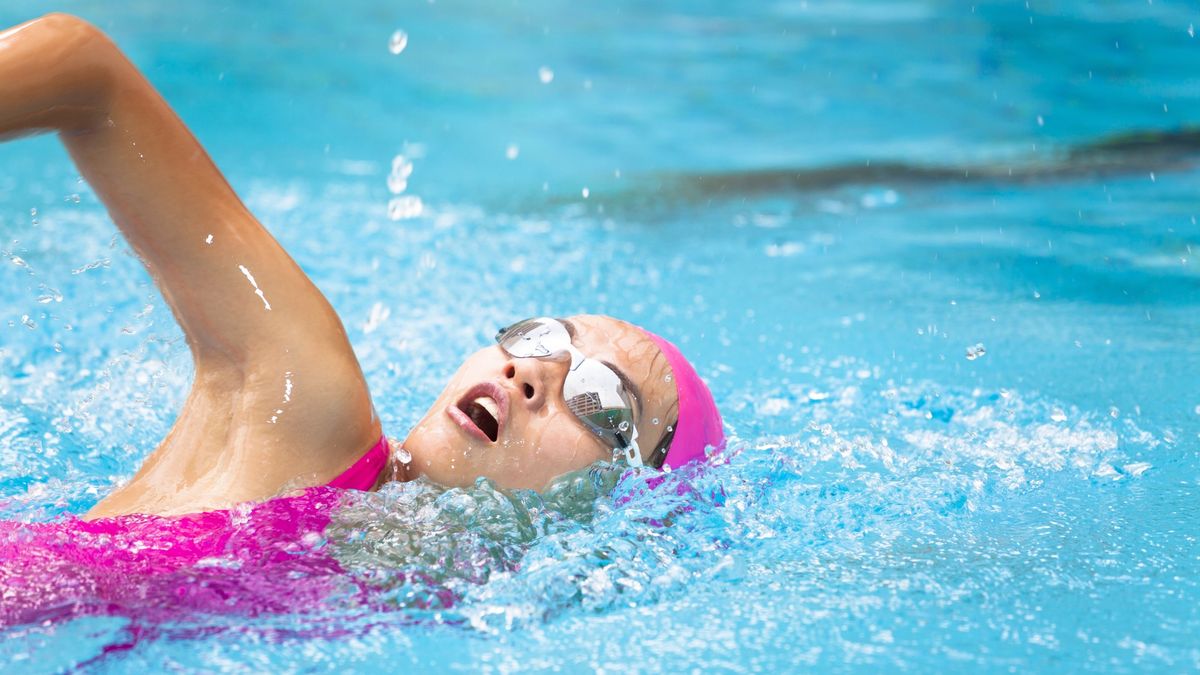Despite its reputation as a more moderate type of exercise, swimming is one of the best full-body workouts you can do. It offers a host of health benefits while being gentle on the body due to its low-impact nature.
But what exactly happens to your body when you plunge into the pool for a 30-minute swim? Is it worth making the effort to hit the pool and have a swim sesh as opposed to a HIIT or spin class, for instance?
We speak to the experts to find out how this low-impact, high-reward exercise does more than just cool you off on a hot day.
What muscles do you work when swimming?
Despite not always being considered a proper workout, swimming is a full-body, powerhouse activity that engages multiple muscle groups, aids weight loss, and boosts overall health. A recent study found that “swimmers have a 53%, 50%, and 49% lower all-cause mortality risk than those who were sedentary, walkers or runners, respectively.”
The specific muscles worked when swimming depend on the stroke but generally, swimming strengthens the upper body, core, and lower body. “When stroke techniques are executed correctly, the muscles lengthen and become more flexible,” explains the founder of LDN Mums Fitness, Sarah Campus. “Choosing the right ones or using them in combination can target different areas of the body, allowing you to build strength in particular areas.
The shoulder muscles, including the deltoids and rotator cuffs, are the muscles hit the most when swimming, especially when performing freestyle (or front crawl) and backstroke swim strokes.
“The shoulder muscles help you to reach far and your hands to correctly enter the water,” says Campus. “While the forearm muscles are used to help you pull yourself along.”

The chest muscles (pectorals) and the upper back muscles (trapezius and latissimus dorsi) are also engaged during a swim, especially for strokes like the butterfly and breaststroke, since they help stabilize the shoulders.
As for the lower body, Campus says the glutes, hamstring muscles, and quadriceps get worked as they help keep you balanced as you kick through the water. Although, it always depends on the stroke, as different strokes require different leg movements, which means they target different areas of the lower body.
But whatever the swim style you’re engaging in, the core is constantly engaged during a swim, as it helps to keep the body stable and streamlined in the water. This includes the abdominal muscles, lower back, and obliques.
Which swim stroke should you do?
So which strokes suit which folks? Well that all depends on your goals. Adnaan Ayoub, PT at Max Health Living, explains that the freestyle stroke is great for those looking to work the whole body, as it focuses on shoulders, back, and glutes, while breaststroke is a better workout for those wanting to target the chest, shoulders and thighs.
“Backstroke is a good one for hitting the shoulders, back, and chest, which is awesome for posture,” he says. “And, while the butterfly is a challenge, it engages the core, shoulders, chest, and forearms like no other, building some serious strength.”
The undulating movement required for performing the butterfly stroke also helps improve body coordination and flexibility. Here’s more on which swimming stroke burns the most calories.
Is swimming good for weight loss?

It isn’t just the muscles that swimming can benefit. It’s also a full-body workout that can enhance cardiovascular fitness. And in a big way. As with any cardiovascular workout, swimming helps burn calories, which is crucial for weight loss. The exact number depends on the stroke, intensity, and individual’s weight but, on average, it can burn more calories than many other aerobic activities thanks to how many muscles are required to be used.
And if you’re looking to swim with a focus on staying lean there are other tricks you can do. Campus says you can try varying your swimming strokes as this will further increase calorie burn, mixing up the stroke types you do each time you visit the pool.
“Another tip to burn more calories while swimming is to reduce rest periods during your session,” she says. “But to get results you need to combine a structured swimming program with good nutrition, hydration, and rest.”
If burning calories is your goal, here’s how swimming compares to running.
What can 30 minutes of swimming do to your body?

So, the big question: can 30 minutes of swimming benefit you — and if so, how? When it comes to calories burned, the number can be quite surprising. Especially since many people don’t see swimming as an intense activity.
As a rough estimate, an average person weighing around 125 pounds (57 kg) might burn approximately 180-240 calories in 30 minutes of moderate swimming. However, a person weighing around 155 pounds (70 kg) could burn about 220-300 calories at the same time.
For someone weighing around 185 pounds (84 kg), it might be 270-360 calories for 30 minutes of moderate swimming. Although there’s also age and general health to take into account, too — all these are contributing factors.
Nevertheless, both Ayoub and Campus agree that just half an hour of swimming a few times a week can have lasting, long-term health benefits. And not just physically. “Regular swimming boosts heart and lung function while toning muscles and posture over time,” explains Ayoub.
“Not only does the water support joints in a low-impact way but — from my lifestyle coaching experience — I’ve seen the healing power it provides.” He relayed how he’s seen gym-goers use swimming to heal issues like knee injuries — with one lady using the activity to ease her pain while strengthening flexibility and endurance. “Its versatility makes it great for any fitness level too, from rehab to hardcore training. The health perks really are unmatched.”
Campus details how swimming can also be great for the mind. “It’s a relaxing and meditative exercise that can help reduce stress and anxiety,” she says. “When you swim, your body releases endorphins, which are natural feel-good chemicals that can boost your mood and promote a sense of well-being. And since it’s a weight-bearing exercise, it can help improve bone strength and density while preventing osteoporosis.”
Looking to upgrade your swimming gear? Here are the best swimming headphones and the best swimming goggles to buy.
More from Tom’s Guide

Sarah Carter is a health and wellness expert residing in the UK. With a background in healthcare, she offers evidence-based advice on fitness, nutrition, and mental well-being, promoting healthier living for readers.








